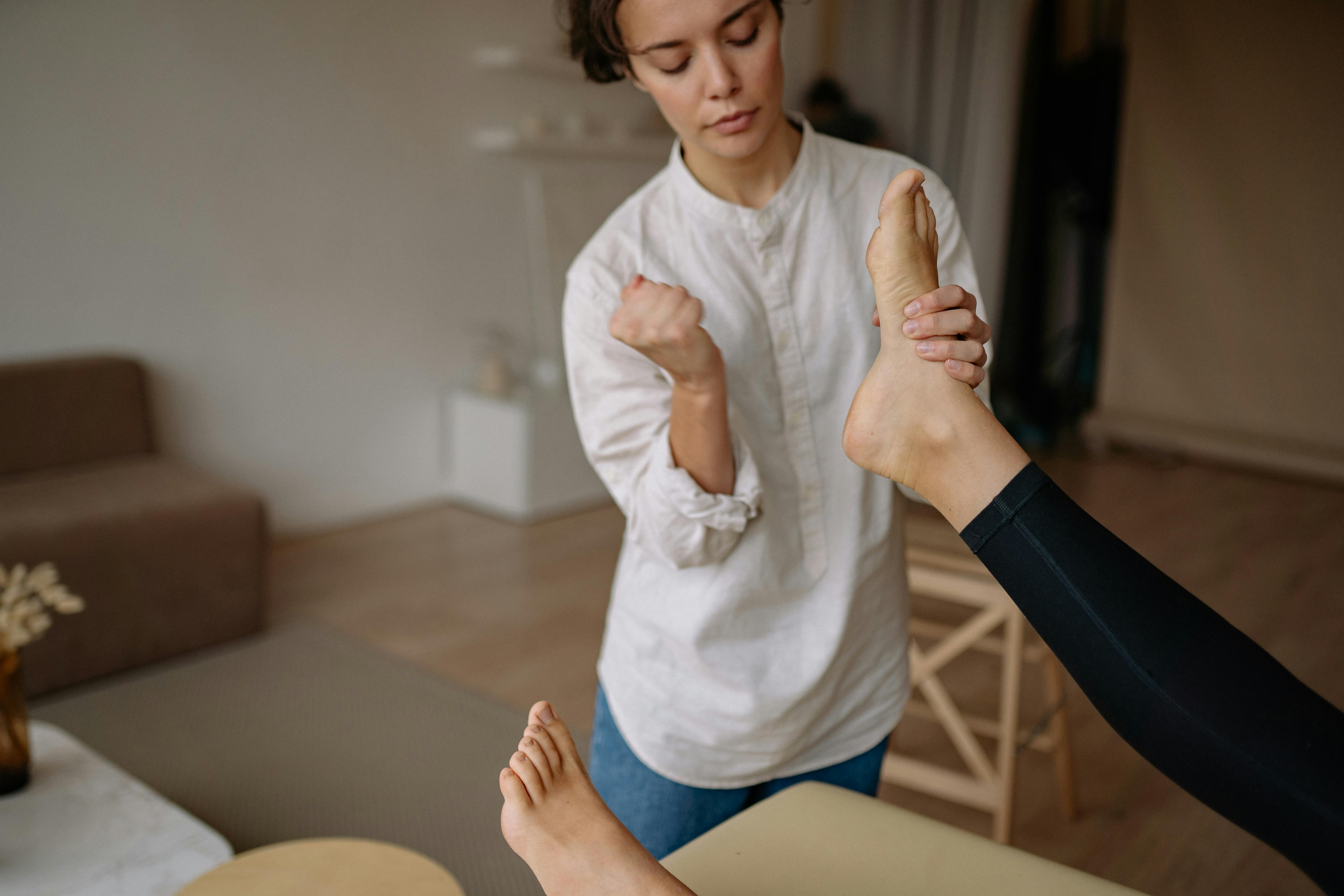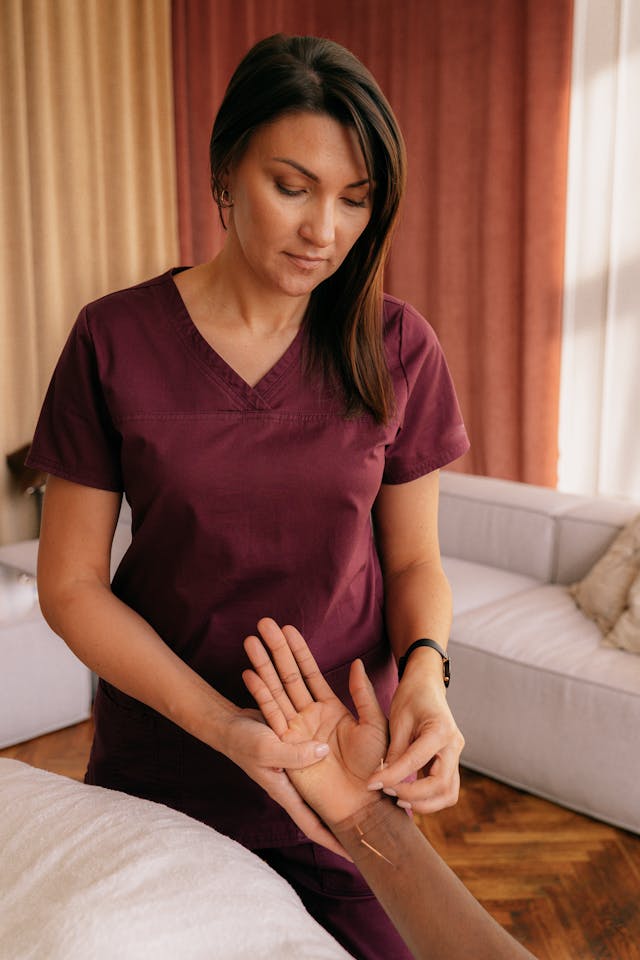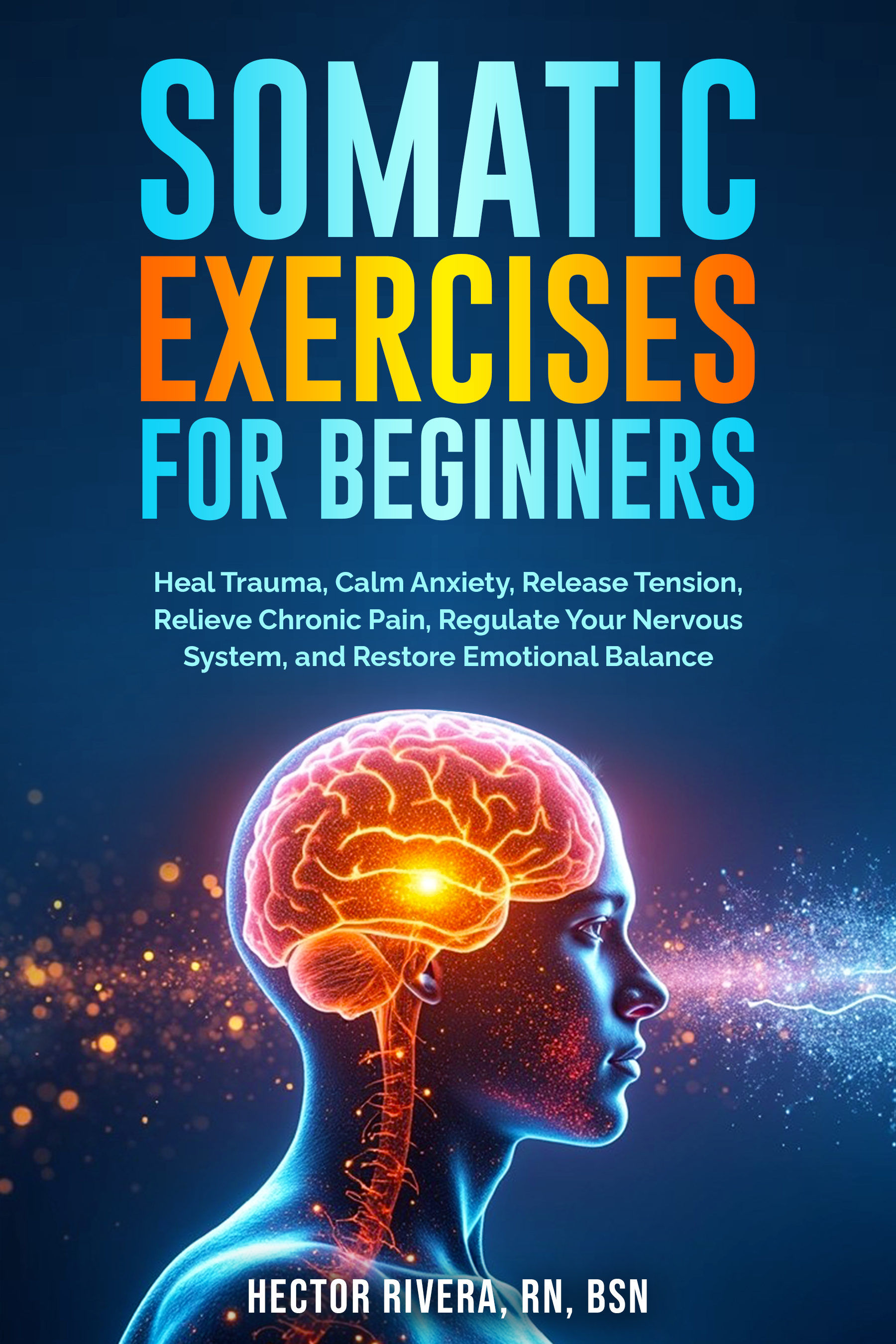What is the Feldenkrais Method and How Can It Help?

What is the Feldenkrais Method
If you’ve ever wondered, What is the Feldenkrais Method, it’s a gentle, movement-based approach to reconnecting with your body and moving with greater ease. Many of us live on autopilot — sitting the same way, walking the same way, and holding tension the same way, year after year. We barely notice these patterns until our neck aches after a long day, our lower back starts complaining, or we wake up feeling like our joints have aged overnight. This method opens the door to new ways of moving that feel lighter and more natural.
At its heart, the Feldenkrais Method is about learning how to move in ways that feel easier, lighter, and more natural. It’s not about pushing yourself to stretch farther or holding a pose longer. It’s about becoming aware of how you move, so you can find options that feel better for your body. Think of it as a conversation between your brain and your body — one that helps you let go of habits that cause unnecessary strain.
Instead of forcing a “perfect” posture or following strict exercise routines, the Feldenkrais approach invites you to explore gentle, guided movements. These movements are often small, slow, and surprisingly simple. You might spend time rolling your head gently from side to side, shifting your weight in different ways, or noticing how your ribs move when you breathe. The goal isn’t to get it “right” — it’s to see what you feel.
When you move with this kind of attention, your nervous system starts to recognize more efficient ways of coordinating your muscles and joints. Over time, those new patterns can replace old ones that may have been causing pain, stiffness, or fatigue.
Most people come to the Feldenkrais Method for help with a physical issue — perhaps recovering from an injury, easing chronic pain, or improving balance. But the benefits often go beyond the physical. By slowing down and paying attention, you create space for both mental and emotional shifts.
People often report feeling calmer, more centered, and more in tune with themselves after a lesson. That’s because your brain isn’t just learning new ways to move — it’s also discovering fresh ways to handle stress and adjust when life shifts. You might notice your shoulders dropping when you exhale, your jaw unclenching, or your stride becoming more relaxed, all without even trying.
There are two primary ways to experience Feldenkrais: group classes, known as Awareness Through Movement lessons, and one-on-one sessions, referred to as Functional Integration.
In a group setting, the teacher gives verbal instructions while you explore the movements on your mat or chair. The focus stays on your personal experience, so there’s no pressure to keep up or match what others are doing.
In private sessions, the practitioner uses gentle, hands-on guidance to help you feel new movement possibilities. You remain fully clothed, and the touch is light and respectful — more like a supportive nudge than a deep massage. Many people describe the experience as both relaxing and eye-opening.
It’s easy to lump the Feldenkrais Method in with yoga, Pilates, or stretching, but the intention is different. Instead of focusing on muscle strength, flexibility, or endurance, Feldenkrais focuses on awareness. The idea is that once your nervous system learns an easier, more coordinated way to move, your body naturally feels freer and more capable — without forcing it.
For example, if you’ve been walking with a slight limp for years, your brain may have “locked in” that pattern. Even after an injury has healed, the limp can persist. Feldenkrais lessons can help your brain rediscover a smoother gait, not by telling you to “walk normally,” but by helping you sense where you’ve been compensating and offering you new ways to move.

The method is adaptable for nearly everyone — from office workers dealing with tension headaches to athletes seeking improved performance, from older adults looking to enhance balance to musicians aiming to play without strain. It’s also valuable for people recovering from surgery or injury, as the movements are gentle enough to support the healing process.
You don’t need to be flexible, coordinated, or physically fit to start. Many people begin when they feel least capable — when pain, stiffness, or fatigue makes other forms of exercise difficult.
If you’re curious about trying Feldenkrais, look for a certified practitioner in your area or explore guided lessons online. In person, you’ll have the advantage of direct feedback and, in private sessions, gentle hands-on work. Online or recorded lessons can be a great starting point if there’s no local class available.
The first time you try it, you might be surprised by how small the movements are. Don’t let that fool you — the real change comes from paying attention, not from “working harder.” Permit yourself to go slowly, notice sensations, and explore without judgment.
Some people notice changes after their first lesson — maybe their shoulders feel looser, or walking feels easier. For others, the improvements build gradually over a series of sessions. You might start sleeping better, feeling steadier on your feet, or finding that daily tasks require less effort.
The beauty of this method is that the learning sticks. Once your brain has experienced a more efficient way to move, it retains the memory. The benefits can continue to unfold in subtle ways long after a lesson ends.
In a world that often pushes us to move faster, harder, and longer, the Feldenkrais Method offers something refreshingly different: a chance to slow down, listen to your body, and rediscover movement that feels good. If you’ve ever wondered, what is the Feldenkrais Method and whether it’s worth exploring, remember this — you already have everything you need to start. Your body, your mind, and a willingness to pay attention are all you need. From there, every slight, mindful movement becomes a step toward more freedom, ease, and possibility.
Return to What Are Somatic Exercises
Medical Disclaimer: The information on this website is for educational purposes only and is not a substitute for professional medical advice, diagnosis, or treatment. Always consult a qualified healthcare provider with any questions you may have about your health or a medical condition. Never ignore professional medical advice or delay seeking it because of something you have read here.

